We recently connected with Lillian Young and have shared our conversation below.
Lillian, thanks for joining us, excited to have you contributing your stories and insights. We’d love to hear about a project that you’ve worked on that’s meant a lot to you.
Because my art work centers around black history, specifically those moments or people who have traditionally left out of the main narrative, it is difficult for me to say, which of my projects are the most meaningful, or have the most meeting. I. Personally, I feel that my project, the Black Elder archive, is one of the most meaningful series that I have made to date. I interviewed 10 black elders, and ask them questions about their experiences living through a segregated America. I then took those audios and spice them together, in order to create a conversation between all 10 elders. Accompanying that audio are 10 portraits of each person I interviewed.
What makes this project particularly meaningful to me is the fact that all of these people are 70s to 90 years old, and all of them had a plethora of information about what it was like to live before and through the civil rights movement. often, when people look at this particular time in American history, it seems that it was so long ago that it doesn’t matter. But we still have people who are alive today who remember seeing Dr. King speak, who remember having to drive through a state and absolute silence for fear of being killed in a sun downtown, and who remember seeing the images of Emmett till for the first time in a magazine. When making this project, not many of my peers, nor my professors, could understand why I was so adamant that I needed to do this. The stories that I heard from these people are unique, and without me recording them, they would eventually become lost to time like many other things have been in the past.
As I said, in the beginning, it is actually quite difficult for me to say which of my pieces have the most meaning. Well, the Black Elder archive is immensely meaningful to me, to others it’s not as impactful. Regardless, when it comes to making meaningful projects, I I focus on the impact that the work will have on my self, and how it might affect others. I want Black people to be able to see the sides of our history that are obscured for many, at the same time I want everyone else to see just how far we’ve come.
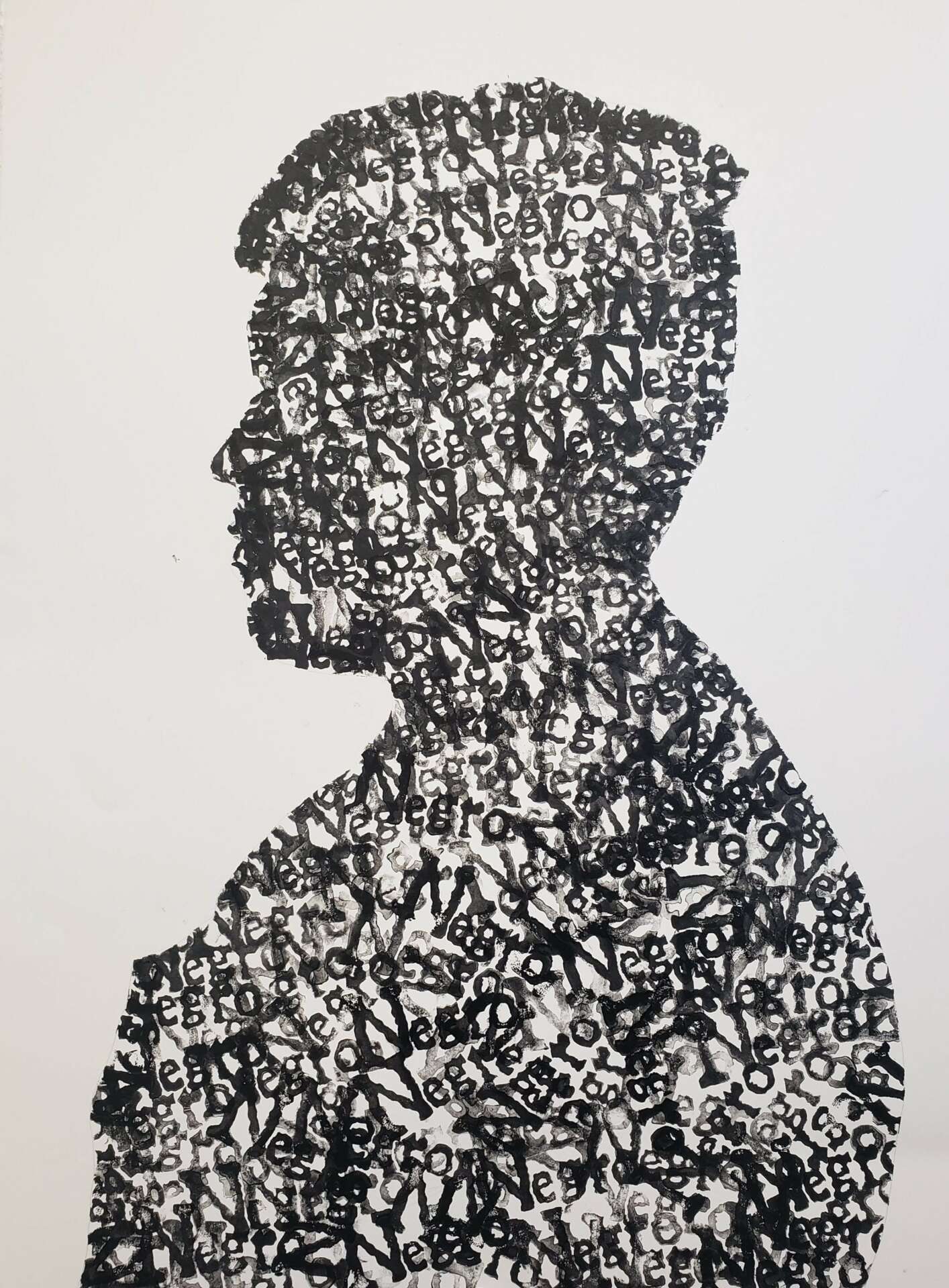
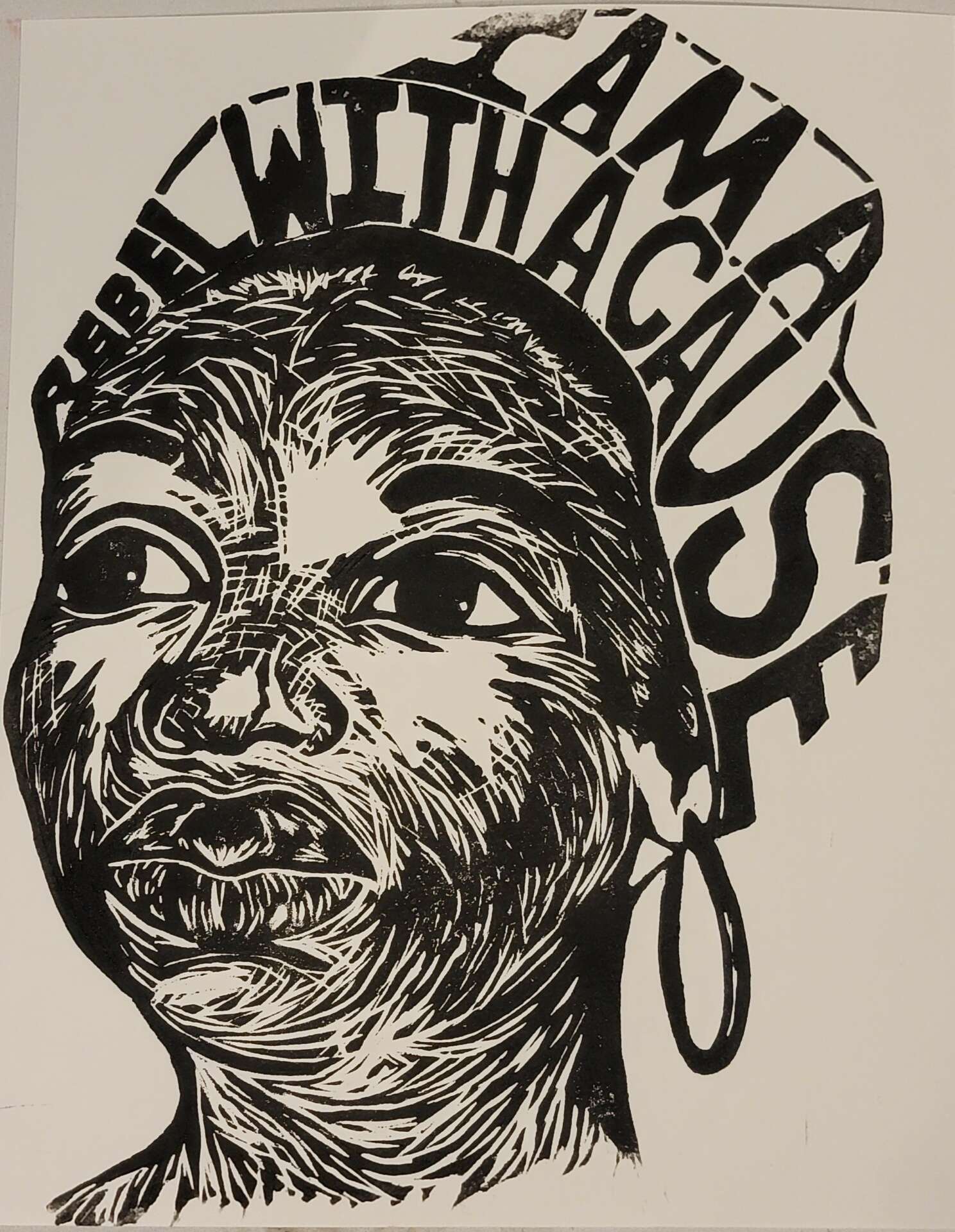
Awesome – so before we get into the rest of our questions, can you briefly introduce yourself to our readers.
My artwork centers around black history, specifically the moment some people who are commonly left out of the Canaan. That is American history. I try to bring these instances to light, because I feel like they are important for us to truly understand the full narrative of what is America. I prefer to describe myself as a black, historical artist, which basically means I am an artist who paints history, but I specifically focus on black history. I’ve always enjoyed learning about history, and my parents made a point of telling me about historical moments of black history that I was not taught in school.
I got into art making, because I found one of my mothers, old sketchbooks, and at the young age of 12 I decided that if she could draw, I could do it as well. Going into college, I decided to be an art, education, major, and become an art teacher. If I’m being honest, I didn’t have a lot of confidence in my own aren’t making skills and didn’t want to become a “starving artist.” when I was in my second year of undergrad, one of my art education classes went to see a Kehinde Wiley show at our local modern Art Museum. That was the first time I truly saw Black people looking magnificent in an art museum. It was from that moment, and I decided that not only did I want to continue to create art, but I wanted to teach in an art museum. If I, a 20 year old black woman, was crying in the middle of a gallery at some larger than life‘s paintings, I can only wonder what a five-year-old black child might feel like seen those same paintings. It was around that same time. I also realized what I wanted my art to be about.
After Trevon, Martin’s murderer was acquitted for his death. I made an offhanded comment in one of my painting classes that his case was eerily similar to Emmett Till. None of the other students in my class knew who or what I was talking about, which, honestly shocked me. I didn’t understand how people could not know such a pivotal moment in American history, such as Emmett Till. From that one conversation, I created a painting that visualized the similarities I was seeing, and, the rest was history. I tend to tell people that I am a painter who lights as a print maker, since those are the two mediums, I use the most. But because of my art educational background, I am more of a multimedia artist, and I tend to use materials that fit whatever message I am trying to convey with my art. In my undergrad, I have an entire project that uses audio, and I had to edit splice and figure out how to to display that all of my own, luckily I had the skills and the building blocks to be able to do that. My knowledge and art making has actually been a blessing when it comes to my work in museum education
While both of my degrees are in studio art my main passion has always been museum education. I want to help continue to reshape museums into being a more inclusive and diverse environment for minority and low income groups, who have historically not been welcomed into the museum space. The artwork that I create helps me to really consider how to help people relate to works, that at first glance, they may not even care about. Personally, I believe that a Museum is an institution mental health, the public conduct civil dialogue’s, while at the same time, maintaining objects from our history and culture as a society. As a Museum educator, I focus on early childhood, helping to introduce young visitors to the museum in a way that will help feed into not only their creative side, but help them begin to develop a relationship with the museum. My teaching style is influenced by the works of bell hooks and the Montessori method.
Being a museum educator, and a black historical artist help sustain my love for art. Working in a museum means that I have any chance to not only work with, and learn from more contemporary, modern Works, but also it gives me a chance to delve into the classics made by the mini artist who came for me. It took me a while to learn that I did not have to give up one of my passions to be the other. I’ve been able shape my career, so that the two nicely blend together and help sustain one another.
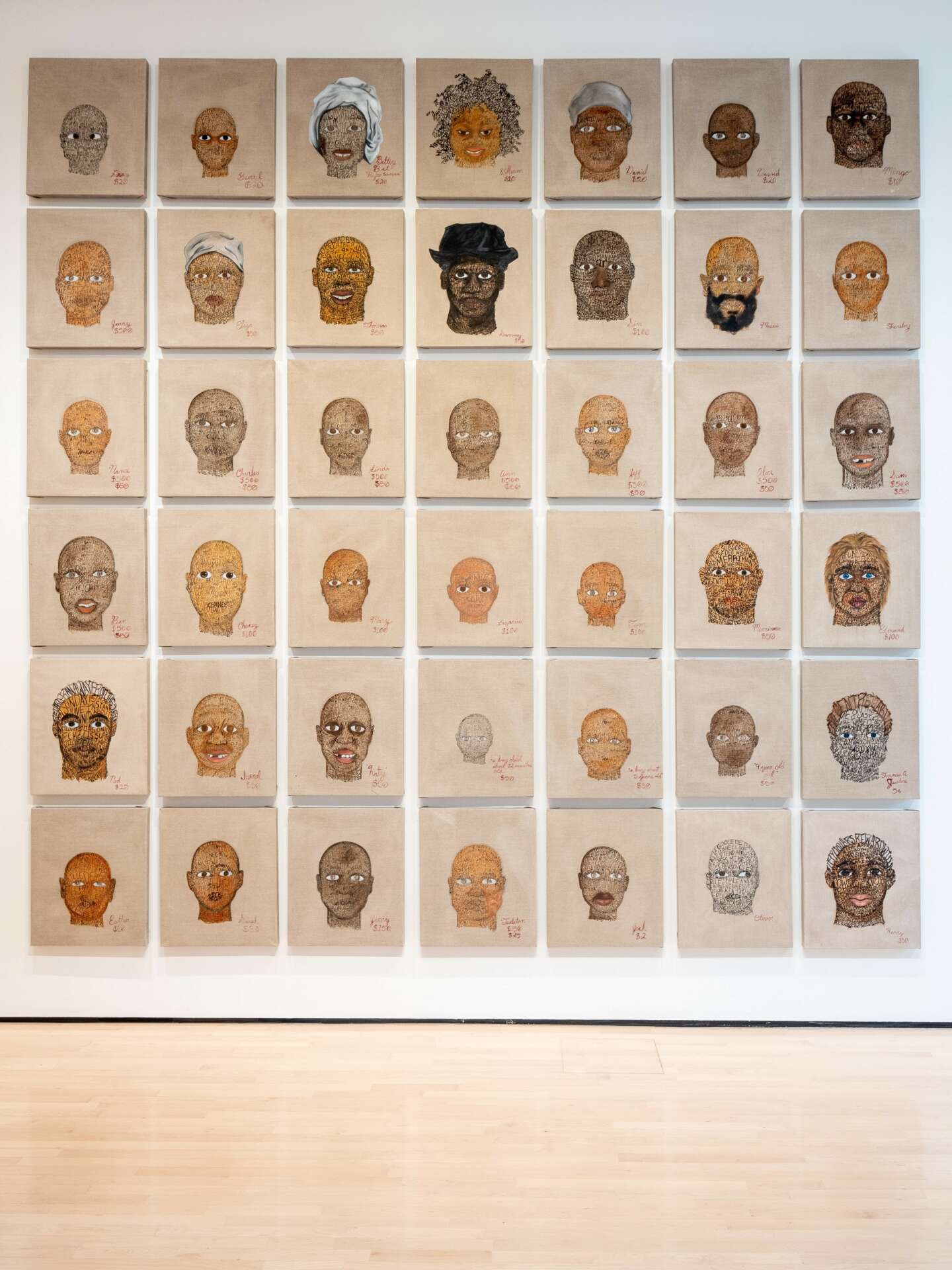
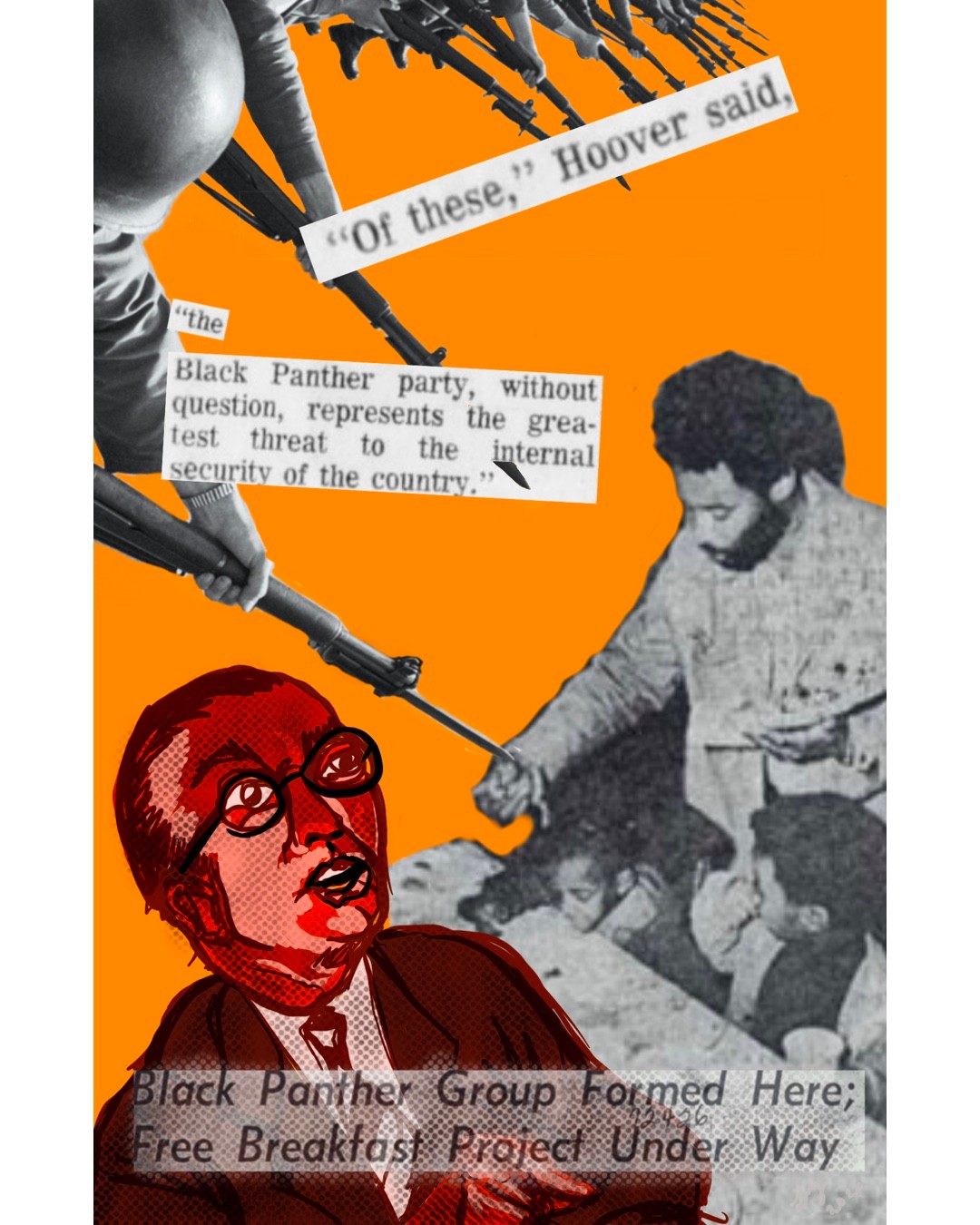
What’s the most rewarding aspect of being a creative in your experience?
The most rewarding thing for me about being an artist is that I get to interact with people who are touched by my artwork. I love to hear their stories of how they relate to either painting or prints that I’ve created, and how it reminded them of some aspect of their own life. At the same time I love those moments when I have people who never thought of the impact that what seems like a minuscule momentum, black history had on black culture as a whole.
One of my most rewarding moments, as an artist was when my series, wanted, the runaways, was on display during my MFA thesis exhibition. A family that I did not know, came up to me and showed me the drawing that their nine-year-old daughter had done in the same style as the runaways. At that moment I wanted to cry, because my art had inspired this young black child so much that they wanted to try to create it themselves.
I have absolutely no aspirations to be a famous artist, personally I think that’s too much pressure that I just don’t want to deal with. But if my legacy can be, that I have helped inspired or helped start a passion for art for anyone. That’s the best kind of reward that I can get.
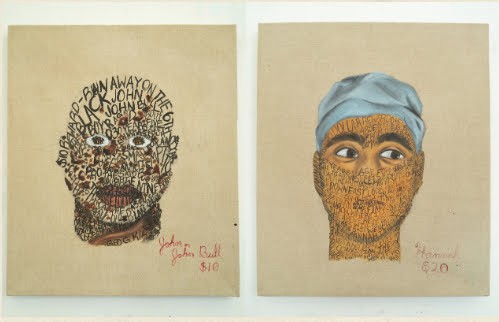
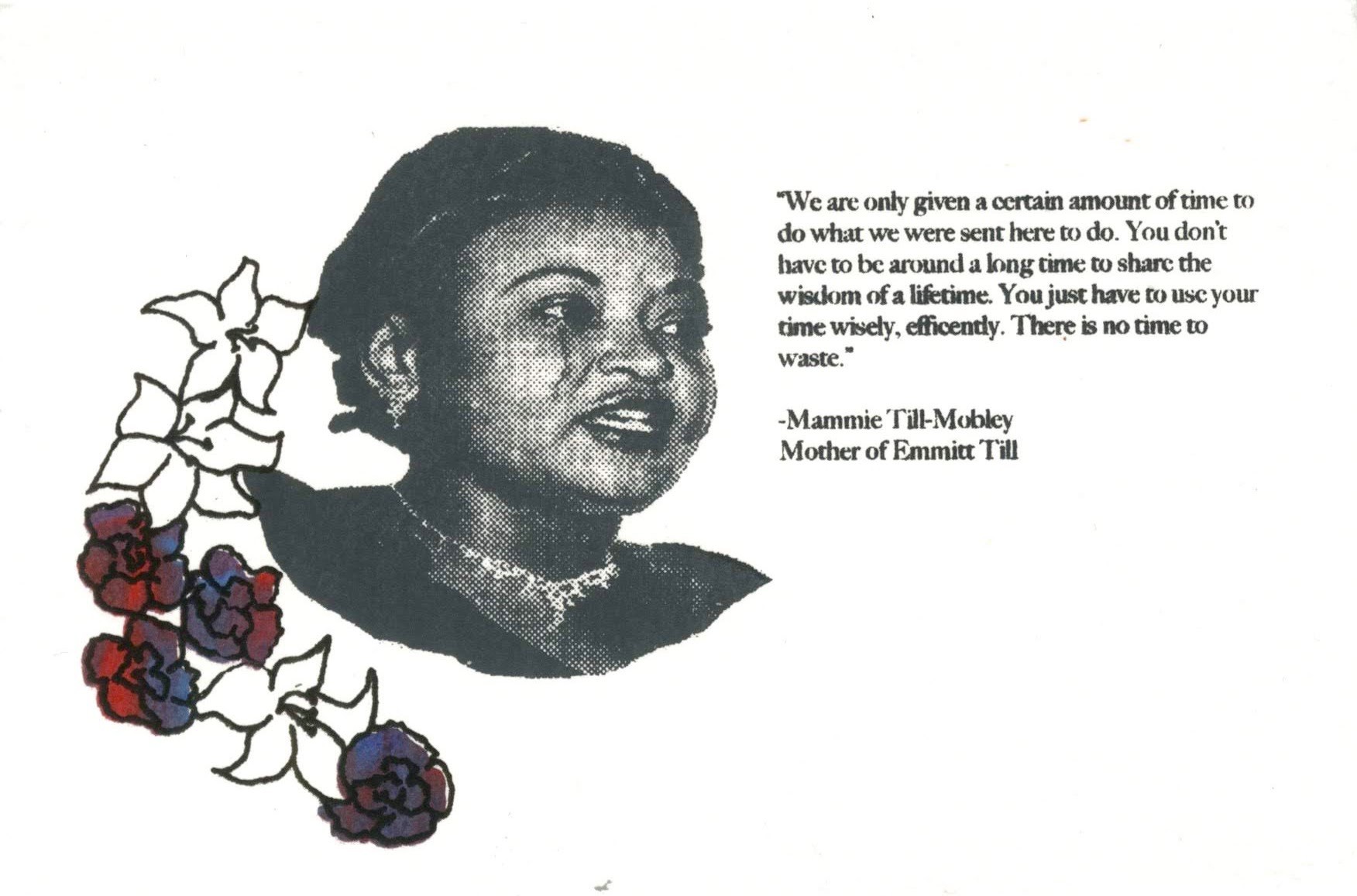
Looking back, are there any resources you wish you knew about earlier in your creative journey?
when is the best resources that I really wish I had had earlier in my artistic career, is the book ART/WORK by HeatherBhandari and Jonathan Melber. I was not told about this book until my senior year of undergrad, and if I had had this book at the start of my artistic career, I would’ve done so many different things. Basically, this book for me is a very helpful how to guide of how to organize yourself as an artist. It goes over résumé building, writing a cover letter, it even talks about how to ship your artwork. While the artistic community can seem very open, there are many moments where it feels like information is constantly being Kate kept by privileged individuals. There are also moments where it seems like the rest of the world just doesn’t understand the specific needs that someone who is in the art world needs to know.
Another resource, that seems very obvious, but I think a lot of people will take for granite, is simply making friends who are not a part of the art world. They have a completely different perspective of things that you do and I cannot tell you how many times I have called my non-artistic friends, and ask them questions about my writings, or show me the photos of works in progress, and ask them what they thought, and their simple comments have made me do complete a 180 on the direction that I was going before. Having different perspectives in your life can in Richard, and help make sure that what you’re creating is accessible to as many people as I possibly can be.
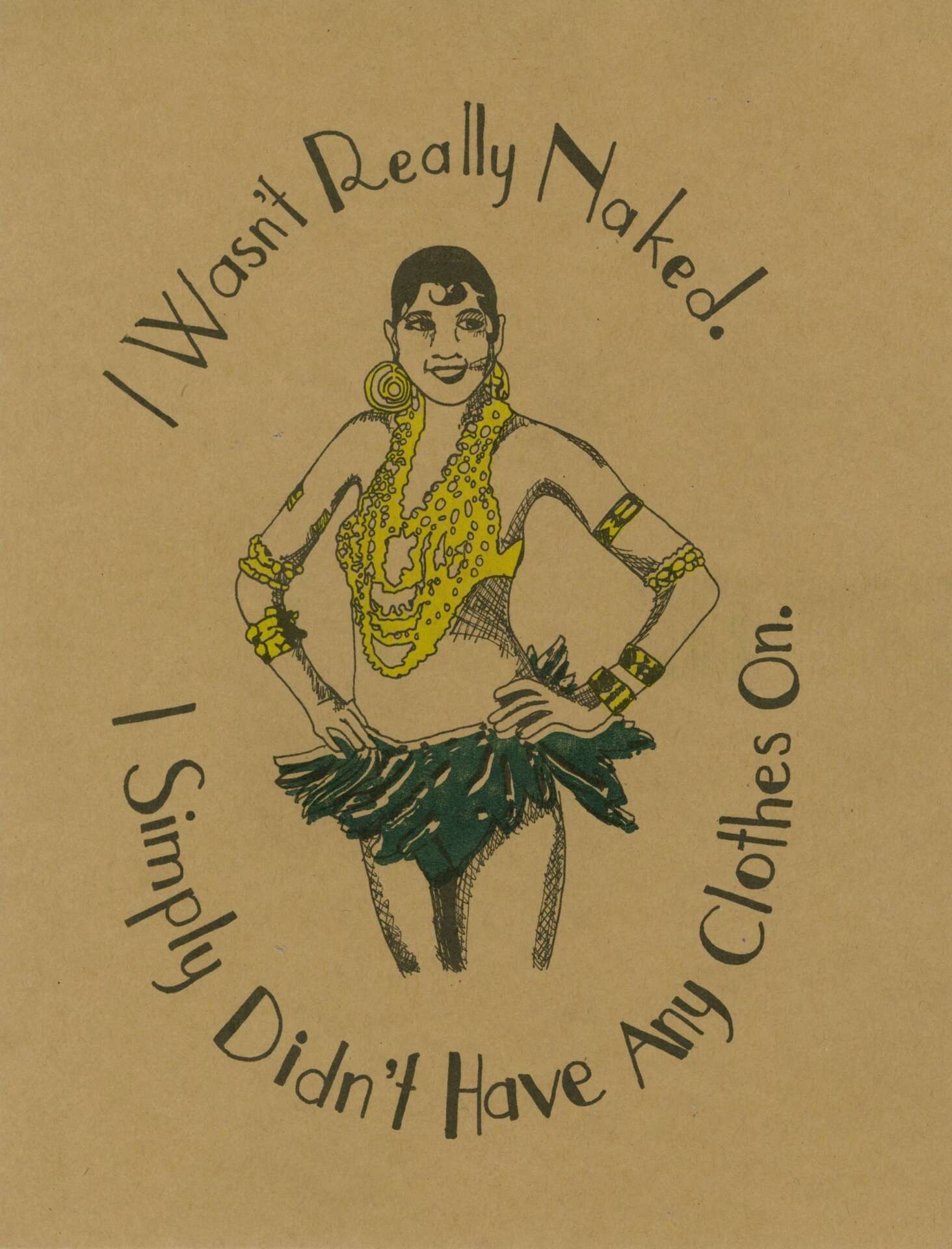
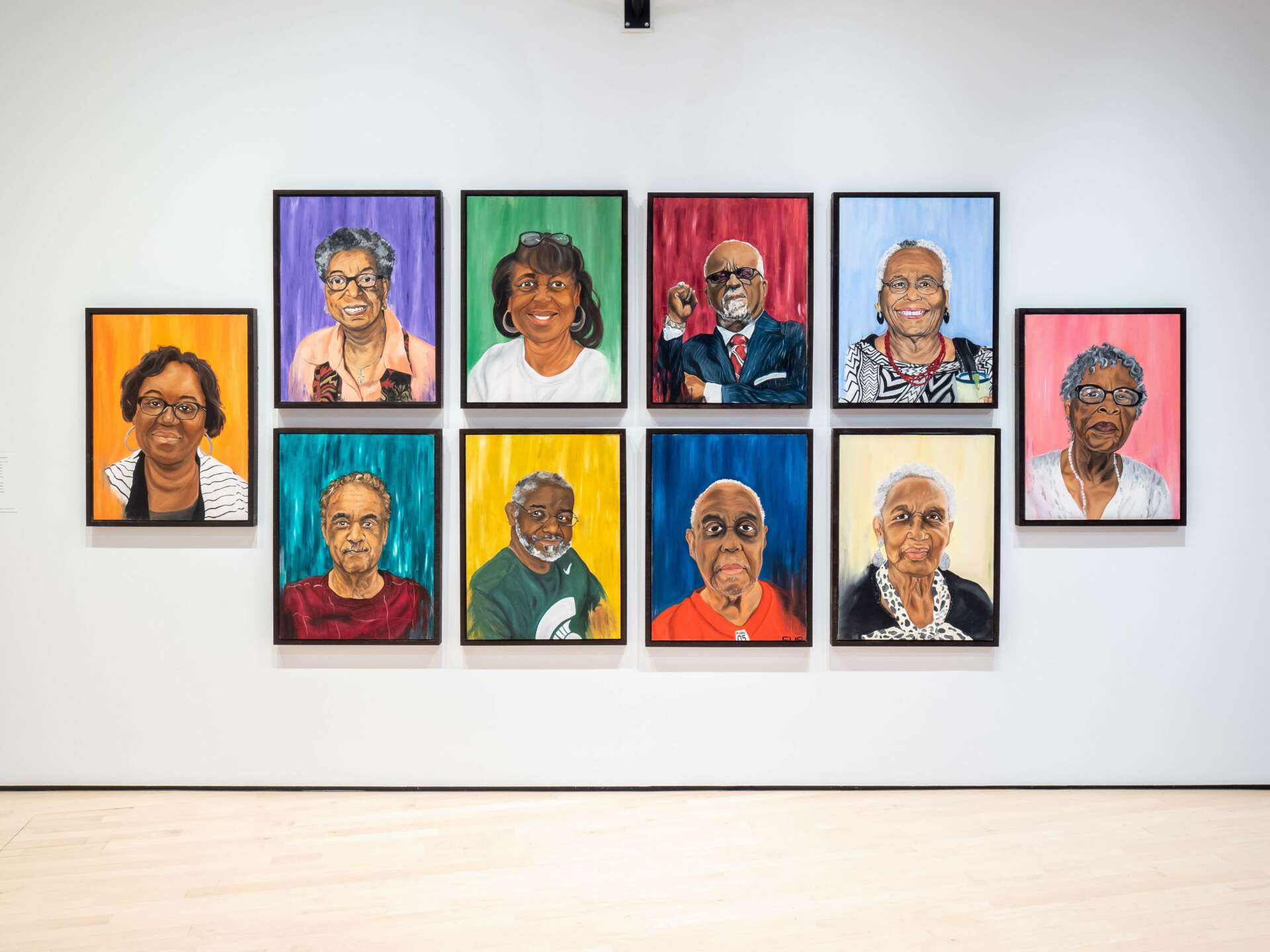
Contact Info:
- Website: https://lillartlife.org/
- Instagram: @lillife_and_art
- Facebook: https://www.facebook.com/Lillartlife/
Image Credits
Lillian Young Alex Nichols ( 42 Runways display)


